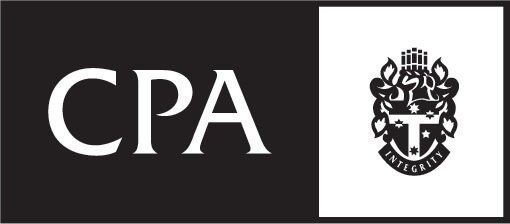2021/22 Budget Update
Individuals
Low and Middle Income Tax Offset extended to 2022
LMITO will be retained for one more income year, so that it will still be available for 2022. Under current legislation, the LMITO was due to be removed from 1 July 2021.
The LMITO will apply as follows for the 2022.
- $37,000 or less Up to $255
- $37,001 to $48,000 $255 + 7.5% of excess over $37,000
- $48,001 to $90,000 $1,080
- $90,001 to $126,000 $1,080 – 3% of excess over $90,000
- $126,001 + Nil
Consistent with current arrangements, the LMITO will be applied to reduce the tax payable by
individuals when they lodge their tax returns for the 2022 income year.
Increased Medicare levy low-income thresholds
The Medicare levy low-income thresholds will be increased for singles, families and seniors and pensioners for the 2021 income year, as follows:
- Singles will be increased from $22,801 to $23,226.
- Families will be increased from $38,474 to $39,167.
- Single seniors and pensioners will be increased from $36,056 to $36,705.
- Seniors and pensioners will be increased from $50,191 to $51,094.
For each dependent child or student, the family income thresholds increase by a further $3,597, up from the previous amount of $3,533.
Update to individual tax residency rules
The individual tax residency rules will be replaced with a new, modernised framework.
The
primary test will be a simple ‘bright line’ test – a person who is physically present in Australia for 183 days or more in any income year will be an Australian tax resident.
Individuals who do not meet the primary test will be subject to secondary tests that depend on a
combination of physical presence and measurable, objective criteria. The new framework will be easier to understand and apply in practice, deliver greater certainty, and lower compliance costs for globally mobile individuals and their employers. This measure will have effect from the first income year after the date of Royal Assent of the enabling legislation.
Update to self-education expense deductions
The exclusion of the first $250 of deductions for prescribed courses of education will be removed.
This measure will have effect from the first income year after the date of Royal Assent of the
enabling legislation.
Employee Share Schemes – ‘cessation of employment’ to be removed as a taxing point
The ‘cessation of employment’ will be removed as a taxing point for tax-deferred Employee
Share Schemes (‘ESS’) that are available for all companies. This change will apply to ESS interests issued from the first income year after the date of Royal Assent of the enabling legislation.
Currently, under a tax-deferred ESS, where certain criteria are met, employees may defer tax until
a later tax year (‘the deferred taxing point’). The deferred taxing point is the earliest of:
- cessation of employment
- in the case of shares, when there is no risk of forfeiture and no restrictions on disposal
- in the case of options, when the employee exercises the option and there is no risk of forfeiting the resulting share and no restriction on disposal
- the maximum period of deferral of 15 years.
This change will remove the ‘cessation of employment’ taxing point and result in tax being deferred until the earliest of the remaining taxing points.
Businesses
Temporary full expensing extension
In the 2020/21 Budget, the Government announced amendments to allow businesses with an aggregated turnover of less than $5 billion to access a new temporary full expensing of eligible depreciating assets until 30 June 2022. In the 2021/22 Federal Budget, the Government has announced that temporary full expensing will be extended by 12 months to allow eligible businesses with aggregated annual turnover of less than $5 billion to deduct the full cost of eligible depreciable assets of any value, acquired from 7:30pm AEDT on 6 October 2020 and first used or installed ready for use by 30 June 2023. All other elements of temporary full expensing will remain unchanged, including the alternative eligibility test based on total income, which will continue to be available to businesses.
Temporary loss carry-back extension
In the 2020/21 Budget, the Government announced amendments to introduce a temporary loss carry-back measure. Broadly, this initial measure allowed ‘corporate tax entities’ with an aggregated turnover of less than $5 billion to carry back tax losses made in the 2020, 2021 and 2022 income years to claim a refund of tax paid (by way of a tax offset) in relation to the 2019, 2020 and 2021 income years. In the 2021/22 Budget, the Government has announced that the loss carry-back measure will be extended to allow eligible companies with aggregated turnover of less than $5 billion to carry back tax losses from 2023 to offset previously taxed profits as far back as 2019 when they lodge their tax return for the 2023 income year.
The tax refund available under this measure is limited by requiring that the amount carried back is not more than the earlier taxed profits and does not generate a franking account deficit. Companies that do not elect to carry back losses under this measure can still carry losses forward as normal.
Digital economy
The Digital Economy Strategy includes the following:
- Taxpayers to self-assess the tax effective lives of eligible intangible depreciating assets, such as patents, registered designs, copyrights and in-house software. This measure will apply to assets acquired from 1 July 2023, after the temporary full expensing regime has concluded. The tax effective lives of such assets are currently set by statute.
- Digital Games Tax Offset to provide a 30% refundable tax offset for qualifying Australian digital games expenditure ongoing from 1 July 2022, with the criteria and definition of qualifying expenditure to be determined through industry consultation.
- Develop and transition government services to a new, enhanced myGov platform, providing a central place for Australians to find information and services online
Debt recovery for small business
Small business entities with an aggregated turnover of less than $10 million per year to apply to
the Small Business Taxation Division of the Administrative Appeals Tribunal (the ‘Tribunal’) to
pause or modify ATO debt recovery actions, such as garnishee notices and the recovery of general interest charge or related penalties, where the debt is being disputed in the Tribunal.
Tax treatment of qualifying storm and flood grants
Category D grants provided under the Disaster Recovery Funding Arrangements 2018, where those grants relate to the storms and floods in Australia that occurred due to rainfall events between 19 February 2021 and 31 March 2021 to be income tax exempt. These include small business recovery grants of up to $50,000 and primary producer recovery grants of up to $75,000. The grants will be made non-assessable non-exempt income for tax purposes. This is subject to eligibility criteria.
Superannuation
Removing the work test for voluntary contributions
Individuals aged 67 to 74 years (inclusive) to make or receive non-concessional contributions (including under the bring-forward rule) and salary sacrifice contributions without meeting the work test, subject to existing contribution caps. Individuals aged 67 to 74 years (inclusive) will still have to meet the work test to make personal deductible contributions.
The measure will have effect from the start of the first income year after Royal Assent of the
enabling legislation, which the Government expects to have occurred prior to 1 July 2022.
Currently, individuals aged 67 to 74 years (inclusive) can only make voluntary contributions (both
concessional and non-concessional) to their superannuation fund, or receive contributions from
their spouse, if they satisfy the work test (subject to a limited work test exemption). Generally, to
satisfy the work test, an individual must be working for at least 40 hours over a period 30 consecutive days in the income year the relevant contribution is made.
Reducing the age limit for downsizer contributions
The downsizer contributions age will be reduced from 65 to 60.The measure will have effect from the start of the first income year after Royal Assent of the enabling legislation, which the Government expects to have occurred prior to 1 July 2022.The downsizer contribution allows eligible individuals to make a one-off, after-tax contribution to their superannuation fund, of up to $300,000 per person, following the disposal of an eligible dwelling, where certain conditions are satisfied. Under the current requirements, an individual must be at least 65 years of age at the time of making the relevant contribution, for the contribution to qualify as a downsizer contribution.
Removing the $450 per month threshold for Superannuation Guarantee
The current $450 per month minimum income threshold, will be removed. i.e superannuation guarantee applies from the first $1 of wages paid to employees. The measure will have effect from the start of the first income year after Royal Assent of the enabling legislation, which the Government expects to have occurred prior to 1 July 2022.
Relaxing the residency requirements SMSFs
The Government will relax residency requirements for SMSFs and small APRA-regulated funds by:
- extending the central control and management test safe harbour from two years to five years for SMSFs
- removing the active member test for both types of funds.
The measure will have effect from the start of the first income year after Royal Assent of the
enabling legislation, which the Government expects to have occurred prior to 1 July 2022.
Exiting legacy retirement products
The Government has announced that it will allow individuals the temporary option to exit and
convert from a specified range of legacy retirement products (together with any associated
reserves) into more flexible and contemporary retirement products, for a two-year period.
The products covered by this measure include market-linked, life-expectancy and lifetime products that were first commenced before 20 September 2007 from any provider (including an SMSF), but not flexi-pension products or a lifetime product in a large APRA-regulated or public sector defined benefit scheme. The measure will have effect from the first income year after the date of Royal Assent of the enabling legislation.
Currently, these products can only be converted into another like product and limits apply to the
allocation of any associated reserves without counting towards an individual’s contribution caps.
This measure will permit full access to all of the product’s underlying capital, including any reserves, as part of transitioning into a more flexible and contemporary retirement product.
Social security and taxation treatment will not be grandfathered for any new products commenced with commuted funds, and the commuted reserves will be taxed as an assessable contribution.
Changes to the First Home Super Saver scheme
The Government has announced that it will make the following changes to the FHSS scheme.
- The maximum releasable amount of voluntary concessional and non concessional
contributions under the FHSS scheme to be increased from $30,000 to $50,000. This change will apply from the start of the first income year after Royal Assent of the enabling legislation, which the Government expects will have occurred by 1 July 2022. - Four technical changes to the legislation underpinning the FHSS. These four changes will apply retrospectively from 1 July 2018.
- Increasing the discretion of the Commissioner of Taxation to amend and revoke FHSS scheme applications.
- Allowing individuals to withdraw or amend their applications before receiving a FHSS scheme amount and allow those who withdraw to re-apply for FHSS scheme releases in the future.
- Allowing the Commissioner of Taxation to return any released FHSS scheme money to superannuation funds, provided that the money has not yet been released to the individual.
- Clarifying that the money returned by the Commissioner of Taxation to superannuation funds is treated as a fund’s non-assessable non-exempt income and does not count towards the individual’s contribution caps.
The information provided in this update is general in nature and if you have any queries or require further information or assistance with the above, please
contact our office.
Crawford News






